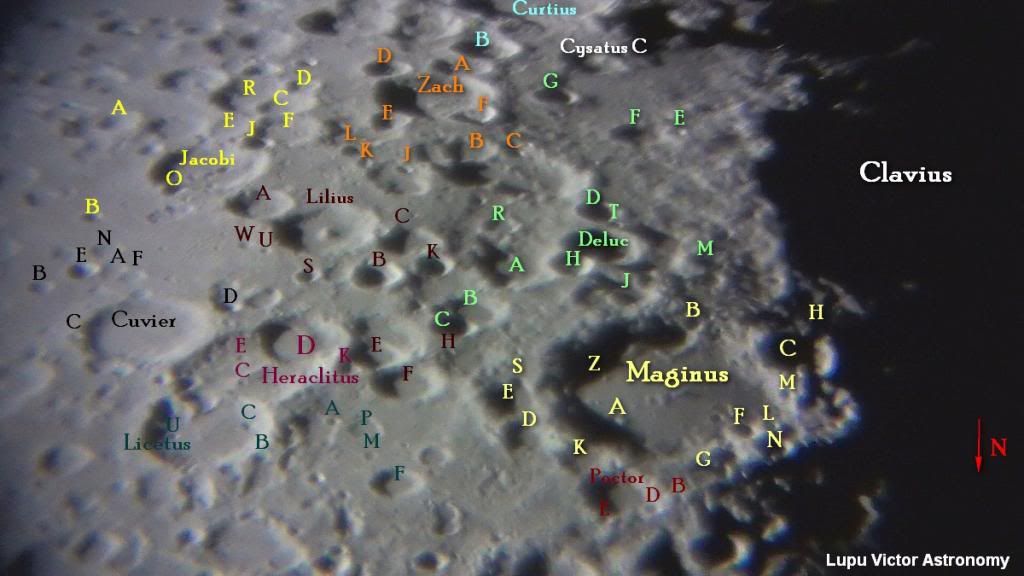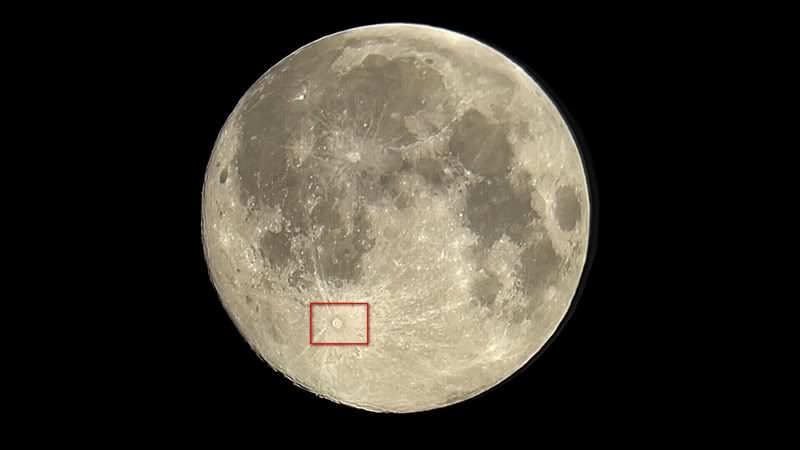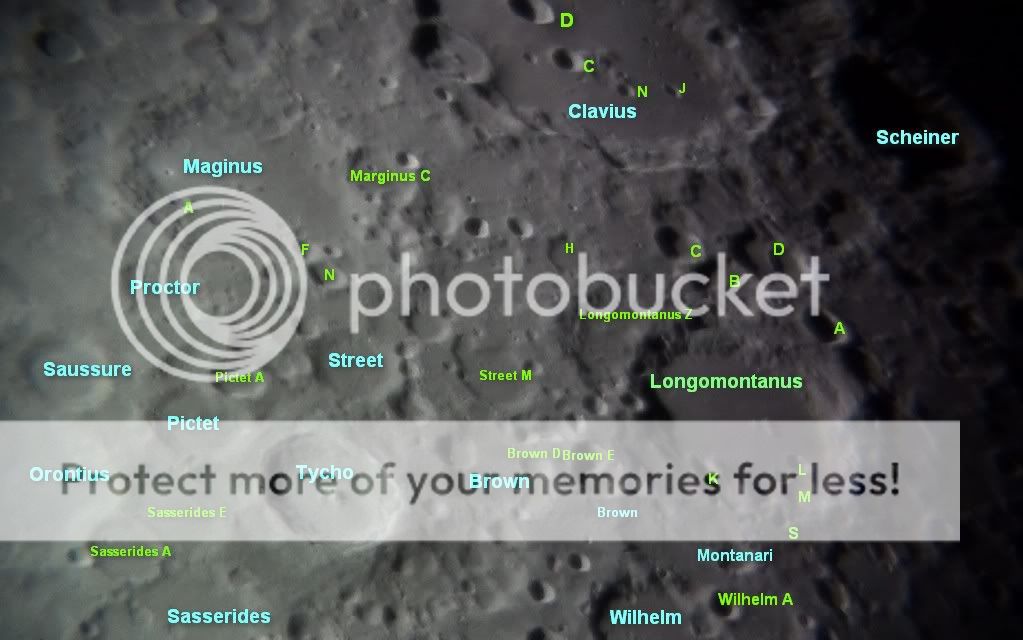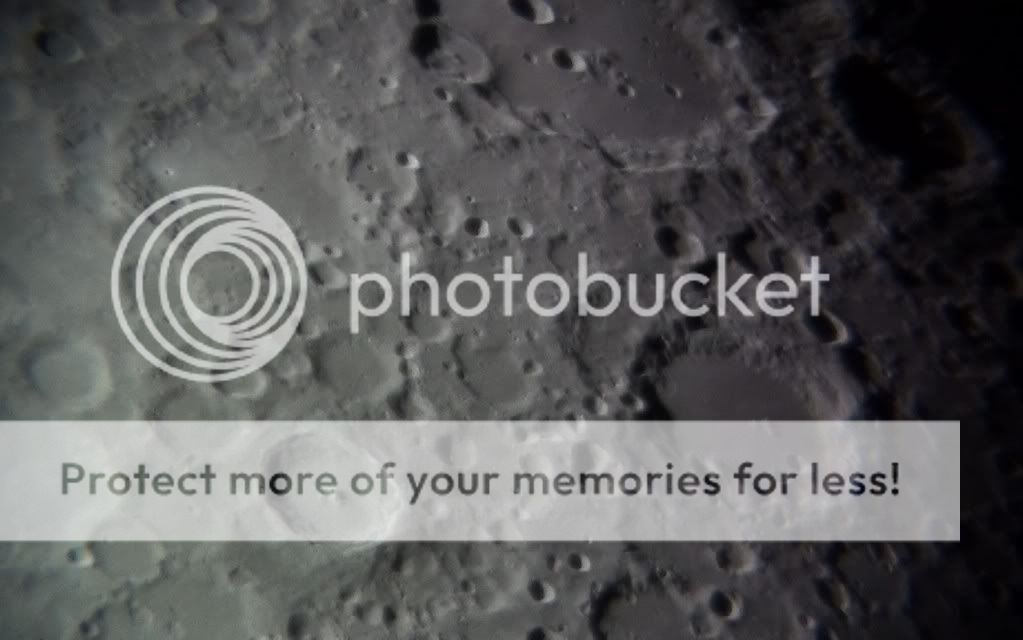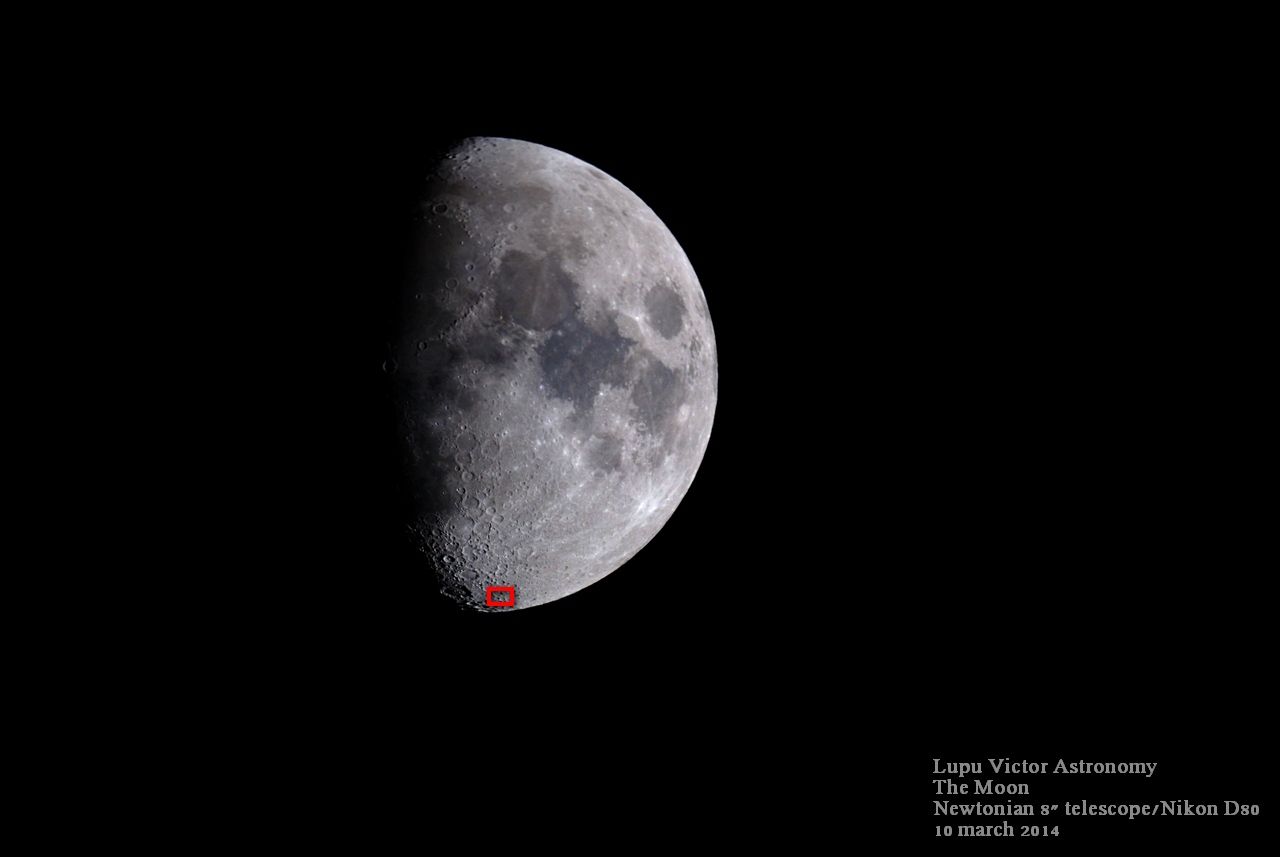 |
| Tycho, Longomontanus and Maginus craters, Registax frames 90% lowest quality sharp -click to enlarge |
 |
| Tycho, Longomontanus and Maginus craters,Registax 32 frames 90% lowest quality sharp -click to enlarge |
 |
| Tycho snapshot video -click to enlarge |
Longomontanus (145 km.) is located in the ancient southern highlands of the Moon, located southwest of the bright rays of Tycho crater. It is a variety of configurations, although it is actually more a circular depression on the surface. Due to its location Longomontanus appears oval when viewed from Earth.
On north (in photo) of Longomontanus is Clavius (225 km.), and north-west is Maginus (163 Km.).
Longomontanus's walls have strong previous impacts.On the southern edge it shows multiple small craters superimposed. North-west is a semi-circular ridge that looks like a lip called Longomontanus Z. Longomontanus still shows a small group of central peaks.
Maginus is an old impact crater on north of the crater Tycho. It's a big party about three quarters the diameter of Clavius, which is in the top center in photo.On the south of Maginus is Proctor crater, and on north is DeLuc.
Optics: Celestron C8-Newtonian reflector telescope, plossl 20mm, 2x Barlow
Photographer: Victor Lupu
Mount: CG5 (EQ5)
Device: Sony HDR CX105
Filter: No
Date: 13/02/2011
Location: Baia Mare, Romania
Processing: Registax
The photos below have the same description but are just snapshots (video captures)








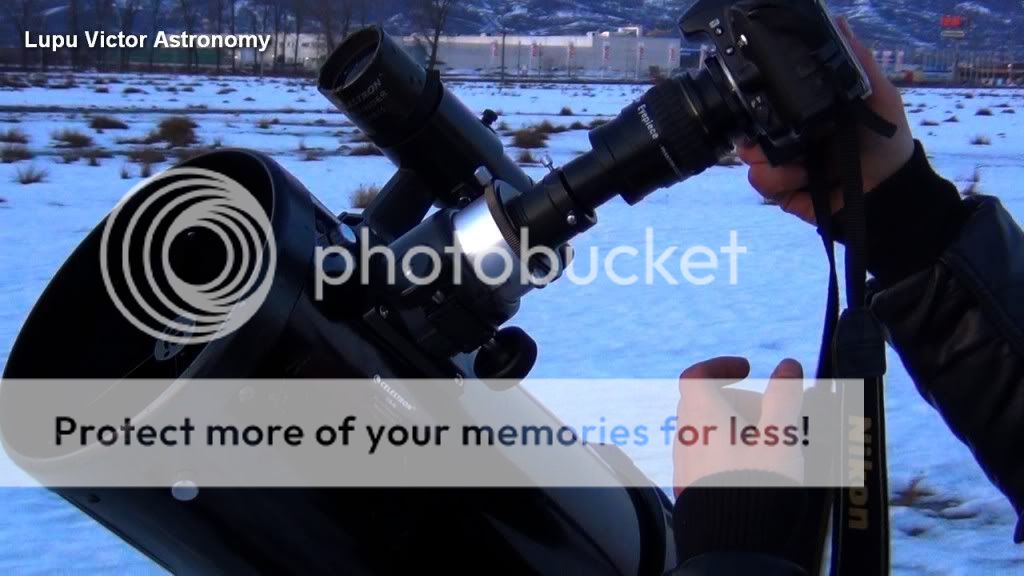

 Friday, September 26, 2014
Friday, September 26, 2014
 Unknown
Unknown



